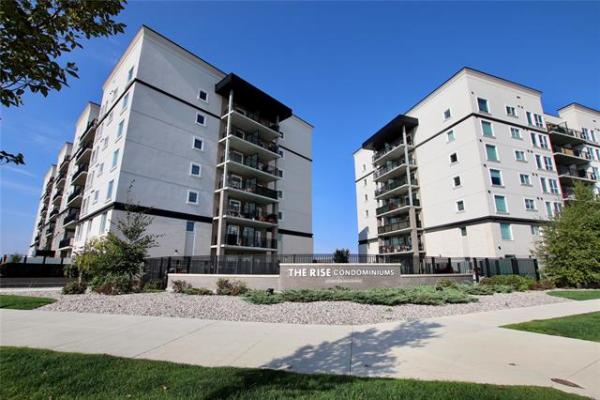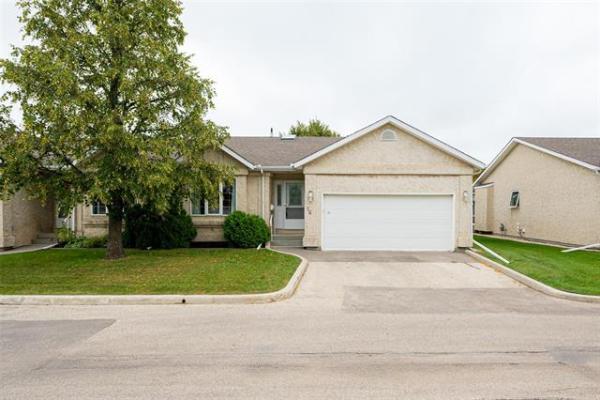I have a question about a sewer and drain smell issue. I have a front-loading washing machine in the basement that drains into the sewer with a trap. It’s about 10 feet from the stack that goes to the roof. Above it, on the main floor, is the kitchen sink and a dishwasher that all drain into the same drain and are connected to the same stack. I get a constant odour from the kitchen sink drain. Sometimes, much worse than other times. And my front-loading washing machine in the basement always has a sewer odour. The inside of the dishwasher does not have this smell. I leave the washing-machine door open when not in use.
The drain was backing up last year a little into the basement laundry sink when the washing machine drained, so I had the drain Roto-Rootered, but it didn’t seem to help the odour problem. The problem has existed for many years now. It is slowly getting worse. If I pull the washing-machine drain hose from the drain pipe it has a black slimy residue on it. Is there a solution to the stinky drain issue?
I’d appreciate any feedback.
John Fehr, Southdale
Answer: Sometimes there are issues or systems within our homes that seem to be connected, but in reality are not. Complaints of odours coming from drains in homes are common, but not nearly as frequent as those from front-loading clothes washers. These annoyances may be similar in nature, but are actually unrelated, and I will address both and suggest what can be done to improve at least one.
The problem with your smelly sink drain may be caused by one or more of several mistakes made in the drain installation, or simply excess debris in the pipes. During my normal daily home inspections I regularly see drains under sinks that are installed improperly or with poor workmanship. This ranges from complete screw-ups with missing traps or venting to improperly sloped pipes. S-traps are all too common and can cause siphoning of the water from the trap. This potentially dangerous mistake can allow sewer gases to enter the living space, rather than harmlessly venting out the roof of the home through the top of the stack. The strong sewer odour in a situation like that is often, but not always, preceded by a gurgling noise in the drain. If you hear that noise immediately after the sink has completely drained of water, call a plumber to come and reconstruct the drains or install an approved air-admittance valve for venting.
If you do not hear anything unusual during the draining of your kitchen sink, and if you smell the odour whether the sink has been recently used or not, you may have nothing more than excess debris in the drain pipes. Most sink drain trap assemblies should be removable, or have drain plugs at the bottom of the semi-circular portion. After placing a bucket under the trap, remove the assembly, or unscrew the plug cover, and empty or scrape out any junk stuck inside. You may be amazed at the amount of accumulated smelly, mouldy, black goo that winds up in your bucket. If it smells similar to what you have complained about, then the mystery may be solved. Rinsing out the trap completely, and scraping any additional crap out from the accessible portion of the drain downstream of the trap, may end the problem after it is reassembled and filled with clean water.
If you have a food disposal, often called a garburator, that may be another source of trapped, rotting material that can have a foul smell. After turning off the circuit breaker that powers the unit, reach inside the top of the disposal with a dull implement, or your hand, and pull out anything that may be stuck inside. Often, things can become wrapped around the grinding mechanism, which have to be manually dislodged. After clearing this out, fill up the top with dish soap and water and let it stand for a few minutes before flipping the breaker back on and running the unit for several minutes with the hot water flowing. If neither of these solutions provides adequate relief, calling an experienced, licensed plumber to review the situation is in order.
Just the fact the washing machine periodically backs up into your laundry sink tells me the plumbing drains for those two fixtures may be poorly or improperly installed. That could also occur if they are draining into old cast iron or galvanized drain pipes that are corroded, or if your main sewer is partially blocked by tree roots outside the home. Ensuring these drains are properly installed, with proper traps, venting and correctly sloped drainpipes, may solve the back-flow issue but will not likely end the stinky washer problem. That, unfortunately, is an inherent design flaw with many of these otherwise excellent appliances.
Because front-loading washing machines have to be extra-well-sealed to prevent leakage while operating, they have double- or triple-folded gaskets on the door. The folds in these gaskets not only prevent a serious leak, they also trap moisture and soap bubbles after the washing cycle has finished. Even with the integral slots cut in this gasket to drain this water, and leaving the door open when not in use, mould frequently will grow on wet, soapy residue left behind. A partial solution to this is, recommended to me by a very experienced appliance repair technician for my own washer, is to jam a small towel under the folds to absorb the excess water, after use. This should be done after using the towel or rag to wipe the inside of the entire gasket after a normal wash cycle.
Assuming both of your stinky plumbing issues are related may be natural, but in this case is not the truth. Cleaning or repairing the drains under your kitchen or laundry sinks may be all that is needed to stop those offensive odours, but has nothing to do with the design-related, mouldy smells coming from your washer, which must be treated in a different manner.
Ari Marantz is the owner of Trained Eye Home Inspection Ltd. and the past president of the Canadian Association of Home & Property Inspectors — Manitoba (cahpi.mb.ca). Questions can be emailed to the address below. Ari can be reached at 204-291-5358 or check out his website at trainedeye.ca.
trainedeye@iname.com



